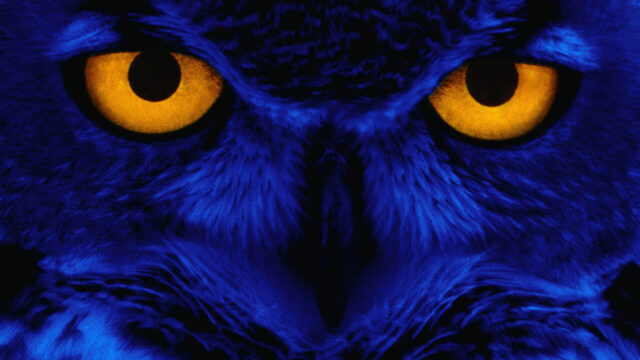If you’re like us (and by you’re reading this, you forfeit any claims of individuality), you enjoy a good horror flick. Also, you think that one of the coolest parts of a horror or monster movie is learning the “rules” the film has chosen to employ. Often the entire second act revolves around the protagonists fleshing out these rules in order to survive to the third act.
Some of the rules in the mythology of horror movie mainstays are so entrenched, changing them is near sacrilege. Dracula is always gonna vant to suck you blood. But other rules aren’t so set in stone. In fact, thanks to years of unoriginal Hollywood garbage cycling through the public psyche, many depictions fit neatly into one of two camps, the merits of which you can debate endlessly with your drunken friends on Halloween night instead of going to parties and talking to girls!
1.
Werewolves – Shapeshifters or the World’s Worst Case of PMS
The Subject:
Werewolves are a pretty varied bunch to begin with. Their depictions run a pretty wide gamut in the human-wolf spectrum… though they’ve tended towards the latter with time. The first silver screen depictions were very human, such as the Werewolf of London in 1935:
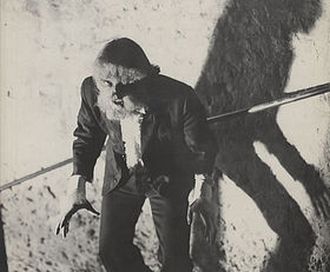
and the Wolfman in 1941:
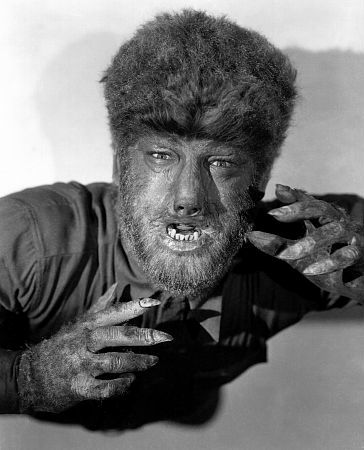
On the other hand, some modern versions are distinctly wolf-like, such as An American Werewolf in London:
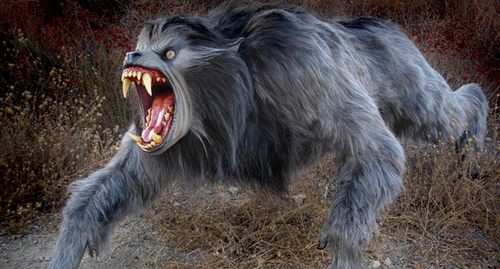
Others strike a pretty creepy balance between the two, such as those in the Harry Potter series:
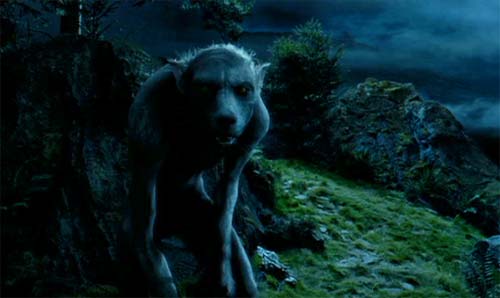
Or for the truly uninspired, they can be simply larger than average wolves, such as in the Twilight series:
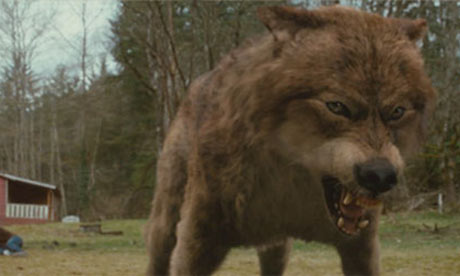
The Division:
As different as the depictions might be, there is one issue that sharply divides the depictions of the creature. Traditionally, werewolves are shown to be cursed to transform during the full moon. In films like the Wolfman, An American Werewolf in London or The Curse of the Werewolf, they dread their monthly ritual for the danger they pose to others and the loss of control they feel. This often means a painful and lengthy (and seriously badass) transformation:
But increasingly, this has given way to werewolves that can transform on command. In the Twilight series, True Blood or the Underworld trilogy, they might be forced to do it during the full moon as well, but they generally retain control of themselves. These transitions are typically very fast as longer ones would quickly eat through the special effects budget:
The Winner:
Full moon werewolves for the win. They’re interesting as monsters because of their lack of control and struggle against their inner demons, as well as their occasional ability to dunk a basketball during the big game. Turning them wannabe superheroes also makes them big lame hairballs.
2.
Frankenstein’s Monster – Lummox or Conniving Douche
The Subject:
After his birth on the pages of Mary Shelley’s 1818 novel “Frankenstein; or, The Modern Prometheus”, the big lug has been bumming around the cinema for about a century. His silver screen debut was in a 13 minute film made by Thomas Edison, made in 1910:
And he’s still most famous from his depiction in the 1931 Universal film Frankenstein, a.k.a. the one with neck bolts:
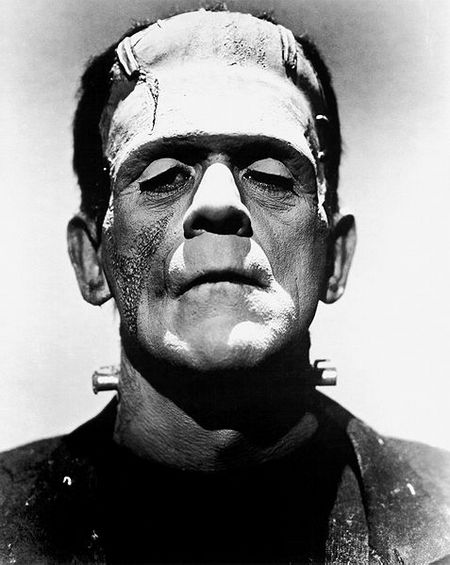
Though other, shall we say, “corpse-ier” depictions exist, such as the 1994 film Frankenstein, featuring Robert DeNiro as the monster:
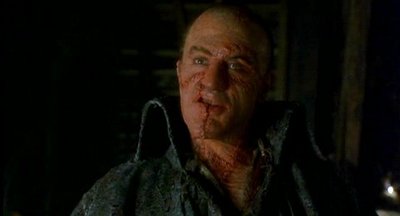
The Division:
Aside from the outward appearance and/or subpar hair styling, the biggest difference in how Tinsel-town has presented him is in his intelligence. In fact, the second biggest beef literature nerds have with the early films is that in the novel, the monster is both intelligent and articulate (their biggest beef is that Frankenstein is the creator’s name, the undead guy is only referred to as “the monster” or “wretch”).
He’s always been at least a little misunderstood as a character. Sometimes this is due to his brutish nature and low intelligence, such as in the 1931 classic:
On the other hand, he can be much smarter and therefore aware of his actions. Instead of being frustrated by his world, he’s bitter at being rejected by it:
The Winner:
We have to give it to the strong, silent type. Even though it deviates wildly from the source material, the classic Frankenstein monster has everything you want in a good horror film. The decision to make him distinctly more “undead”, with an almost childlike demeanor only makes him more awesome.
